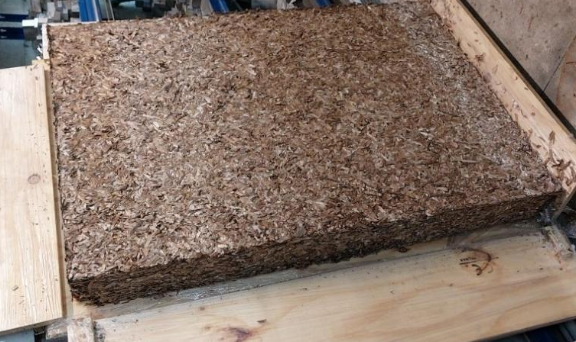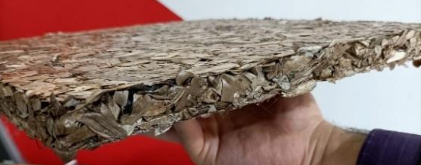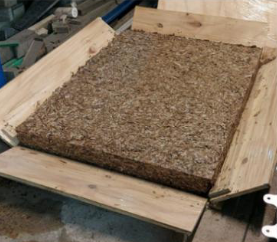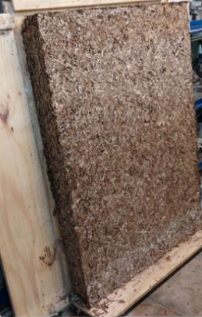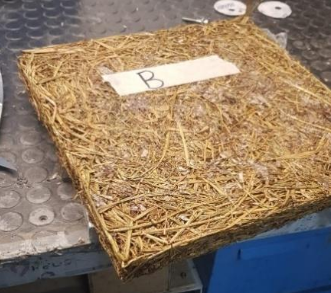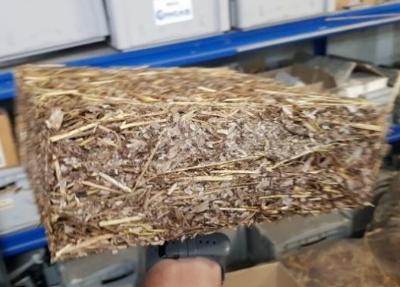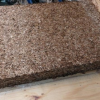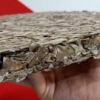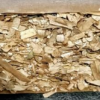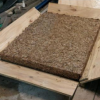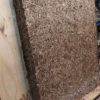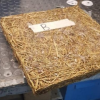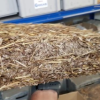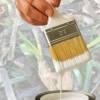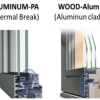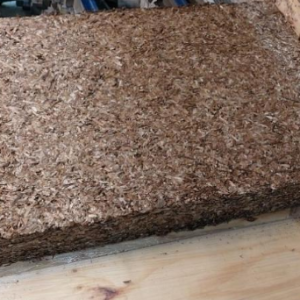Bio-based Posidonia/Rice Straw panel is an insulating panel intended for building of various uses. The panel is composed of posidonia leaves and Rice Straw mixed with a two-component epoxy resin of organic origin and pressed together to obtain a compact panel. Posidonia leaves are collected from the beaches where they are deposited following meteorological events or due to the action of the sea.
Often the posidonia leaves accumulated on the beaches represent a problem for tourism and therefore their reuse is strategic from a green-building perspective and reduction of CO2 emissions.
Rice straw is a byproduct of rice cultivation, typically left over after the grains are harvested. Traditionally, it has been used as animal feed, mulch, and for crafting materials. In recent years, it has gained attention for its environmental benefits: its lightweight and insulating properties make it an excellent material for eco-friendly building techniques. Rice straw has been combined with posidonia to create insulating panels that are strong and sustainable. These materials can be used for several purposes like wall panels to roofing, promoting a circular economy by repurposing agricultural waste.
Posidonia and rice straw are washed and dried before use
The use of resin is essential to join the posidonia leaves together and ensure good final compactness. The resin used is made of components of bio-origin with 56% carbon from renewable sources.
Better results in term of easy handling, stability and compactness of the panels has been achieved with a mix of 60% rice straw and 40% posidonia in weight.
The panel has a fiber (posidonia + rice straw)-to-resin weight ratio between 4 and 3 and therefore the use of resin is very limited considering the low density of the fibers leaves.
The panel can be produced in 2 densities, 100 kg/m3 e 150 kg/m3,.
Dimensions panel could be e freely adapted up to 500×1000 mm with a maximum thickness of 100 mm.
Panels could be integrated into an insulating façade or in a ceiling.
Test standards
Thermal Conductivity: UNI EN 12667:2002
Density: EN1602
Thickness: EN822-25
Compression: EN826
Specific Heat: ISO 22007-2
Thermal Resistance: UNI EN 12667:2002
Fire Resistance: Test Based on EN 13501-1
Fungi and Molds Resistance: Tests based on (Organization for Economic Co-operation and Development)
Product safety
The Posidonia and rice straw insulation panel is a natural and biocompatible material used for thermal and acoustic insulation in buildings. It is composed of plant fibers bonded with a bio-based resin characterized by low volatile organic compound (VOC) emissions. Under normal handling and installation conditions, the material poses no significant health risks. The product does not contain any toxic or hazardous substances and is not classified as harmful to human health or the environment. However, mechanical processing such as cutting may generate small amounts of fibrous dust. Inhalation of this dust may occasionally cause mild irritation to the upper respiratory tract, nose, or throat, while direct contact with eyes or skin may result in temporary redness or discomfort.
In case of contact or irritation, rinse the eyes thoroughly with clean water and wash the affected skin with mild soap and water. If symptoms persist, seek medical advice. During machining or handling, ensure adequate ventilation, and when dust concentrations are high, use a P2-type dust mask. Wearing protective gloves and safety glasses is recommended to minimize potential irritation during cutting or panel manipulation.
